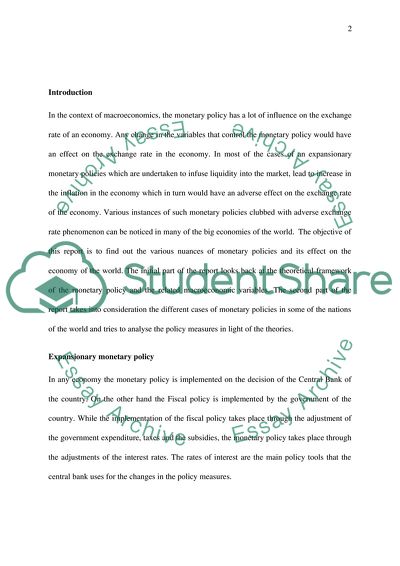Cite this document
(“Implications of a Large Country Engaging In Loose Monetary Policy for Essay”, n.d.)
Retrieved from https://studentshare.org/macro-microeconomics/1624671-2examine-the-likely-implications-of-a-large-country-engaging-in-loose-monetary-policy-for-exchange-rates
Retrieved from https://studentshare.org/macro-microeconomics/1624671-2examine-the-likely-implications-of-a-large-country-engaging-in-loose-monetary-policy-for-exchange-rates
(Implications of a Large Country Engaging In Loose Monetary Policy for Essay)
https://studentshare.org/macro-microeconomics/1624671-2examine-the-likely-implications-of-a-large-country-engaging-in-loose-monetary-policy-for-exchange-rates.
https://studentshare.org/macro-microeconomics/1624671-2examine-the-likely-implications-of-a-large-country-engaging-in-loose-monetary-policy-for-exchange-rates.
“Implications of a Large Country Engaging In Loose Monetary Policy for Essay”, n.d. https://studentshare.org/macro-microeconomics/1624671-2examine-the-likely-implications-of-a-large-country-engaging-in-loose-monetary-policy-for-exchange-rates.


